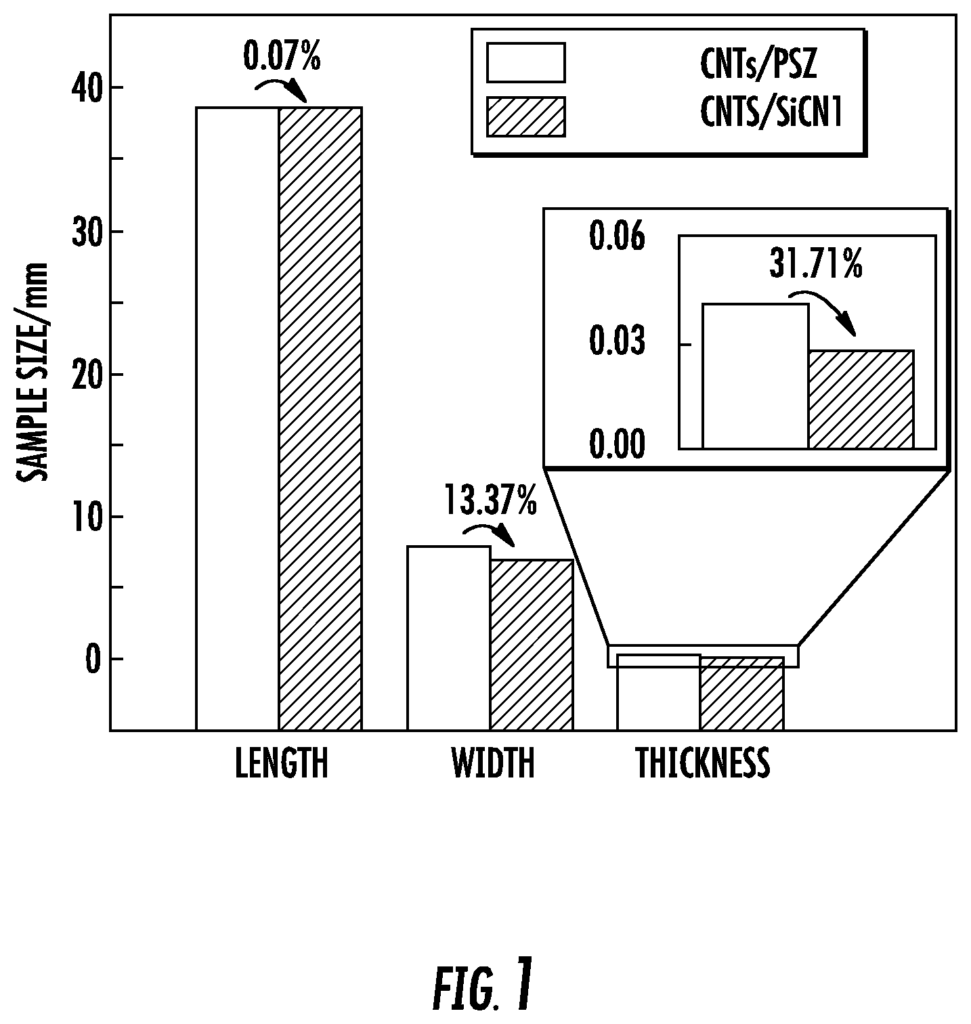Redefine Industry Standards with Versatile Ceramic Composite Materials
Introduction
Imagine a material so versatile that it redefines the limits of what’s possible in your industry. Our ceramic composite materials offer exactly that—a breakthrough in strength, durability, and thermal resistance, designed to elevate your products and processes to new heights.
These ceramic composites are not just tough; they’re engineered to withstand the harshest environments. Whether you’re in aerospace, automotive, or industrial manufacturing, this material provides the resilience needed to excel where others fail. It’s about delivering products that last longer, perform better, and stand out in a crowded marketplace.
But what truly sets this technology apart is its adaptability. These composites can be tailored to meet the specific demands of your application, providing a solution that is both high-performance and cost-effective. From protecting vital components in high-temperature settings to offering lightweight alternatives that don’t compromise on strength, this material is the future of advanced manufacturing.
Moreover, our method ensures consistent quality and scalability. You can integrate these composites into your existing processes with minimal disruption, enabling you to innovate without overhauling your production line. It’s a seamless transition into a new era of material science.
Licensing this technology means gaining access to a material that’s not just ahead of its time, but one that’s ready to meet the demands of today’s most challenging applications. Take the step toward stronger, more durable, and more reliable products. With this ceramic composite material, the possibilities are as expansive as your vision.

- Abstract
- Claims
I claim:
1. A composite material comprising:
Share
Title
Ceramic composite materials and methods
Inventor(s)
Chengying Xu
Assignee(s)
Florida State University Research Foundation Inc
Patent #
10927045
Patent Date
February 23, 2021
